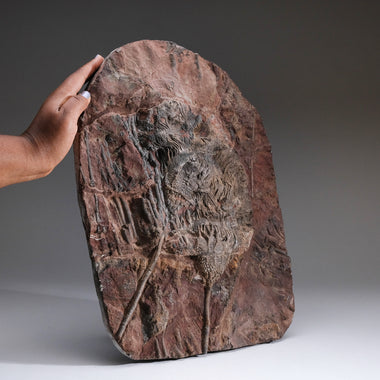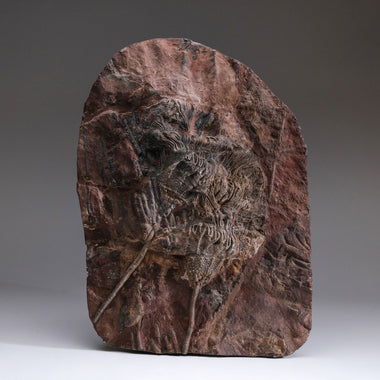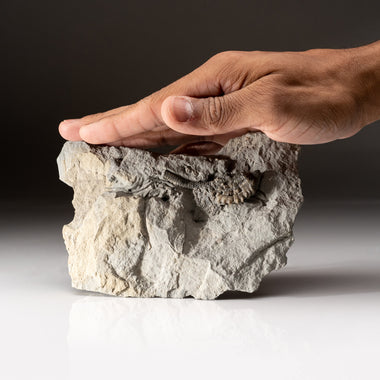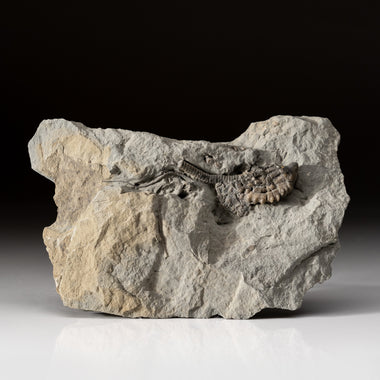

Crinoid (Codiacrinus) on Matrix from Morocco (15.2 lbs)
$ 800.00
Crinoids, also known as sea lilies, are members of the Echinodermata phylum along with starfish and sea urchins. This well preserved sea fossil is ...
View full details
$ 800.00



